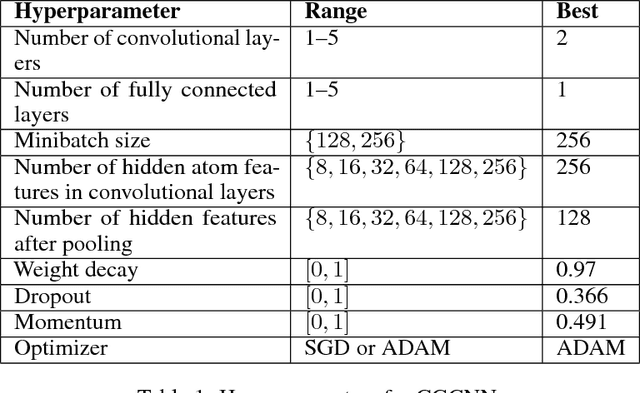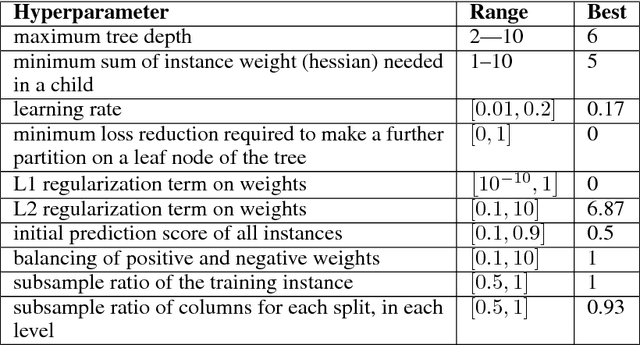Leo Laugier
CRAB: Assessing the Strength of Causal Relationships Between Real-world Events
Nov 07, 2023Abstract:Understanding narratives requires reasoning about the cause-and-effect relationships between events mentioned in the text. While existing foundation models yield impressive results in many NLP tasks requiring reasoning, it is unclear whether they understand the complexity of the underlying network of causal relationships of events in narratives. In this work, we present CRAB, a new Causal Reasoning Assessment Benchmark designed to evaluate causal understanding of events in real-world narratives. CRAB contains fine-grained, contextual causality annotations for ~2.7K pairs of real-world events that describe various newsworthy event timelines (e.g., the acquisition of Twitter by Elon Musk). Using CRAB, we measure the performance of several large language models, demonstrating that most systems achieve poor performance on the task. Motivated by classical causal principles, we also analyze the causal structures of groups of events in CRAB, and find that models perform worse on causal reasoning when events are derived from complex causal structures compared to simple linear causal chains. We make our dataset and code available to the research community.
Toxicity Detection can be Sensitive to the Conversational Context
Nov 19, 2021



Abstract:User posts whose perceived toxicity depends on the conversational context are rare in current toxicity detection datasets. Hence, toxicity detectors trained on existing datasets will also tend to disregard context, making the detection of context-sensitive toxicity harder when it does occur. We construct and publicly release a dataset of 10,000 posts with two kinds of toxicity labels: (i) annotators considered each post with the previous one as context; and (ii) annotators had no additional context. Based on this, we introduce a new task, context sensitivity estimation, which aims to identify posts whose perceived toxicity changes if the context (previous post) is also considered. We then evaluate machine learning systems on this task, showing that classifiers of practical quality can be developed, and we show that data augmentation with knowledge distillation can improve the performance further. Such systems could be used to enhance toxicity detection datasets with more context-dependent posts, or to suggest when moderators should consider the parent posts, which often may be unnecessary and may otherwise introduce significant additional cost.
Civil Rephrases Of Toxic Texts With Self-Supervised Transformers
Feb 11, 2021



Abstract:Platforms that support online commentary, from social networks to news sites, are increasingly leveraging machine learning to assist their moderation efforts. But this process does not typically provide feedback to the author that would help them contribute according to the community guidelines. This is prohibitively time-consuming for human moderators to do, and computational approaches are still nascent. This work focuses on models that can help suggest rephrasings of toxic comments in a more civil manner. Inspired by recent progress in unpaired sequence-to-sequence tasks, a self-supervised learning model is introduced, called CAE-T5. CAE-T5 employs a pre-trained text-to-text transformer, which is fine tuned with a denoising and cyclic auto-encoder loss. Experimenting with the largest toxicity detection dataset to date (Civil Comments) our model generates sentences that are more fluent and better at preserving the initial content compared to earlier text style transfer systems which we compare with using several scoring systems and human evaluation.
Predicting thermoelectric properties from crystal graphs and material descriptors - first application for functional materials
Nov 15, 2018



Abstract:We introduce the use of Crystal Graph Convolutional Neural Networks (CGCNN), Fully Connected Neural Networks (FCNN) and XGBoost to predict thermoelectric properties. The dataset for the CGCNN is independent of Density Functional Theory (DFT) and only relies on the crystal and atomic information, while that for the FCNN is based on a rich attribute list mined from Materialsproject.org. The results show that the optimized FCNN is three layer deep and is able to predict the scattering-time independent thermoelectric powerfactor much better than the CGCNN (or XGBoost), suggesting that bonding and density of states descriptors informed from materials science knowledge obtained partially from DFT are vital to predict functional properties.
 Add to Chrome
Add to Chrome Add to Firefox
Add to Firefox Add to Edge
Add to Edge